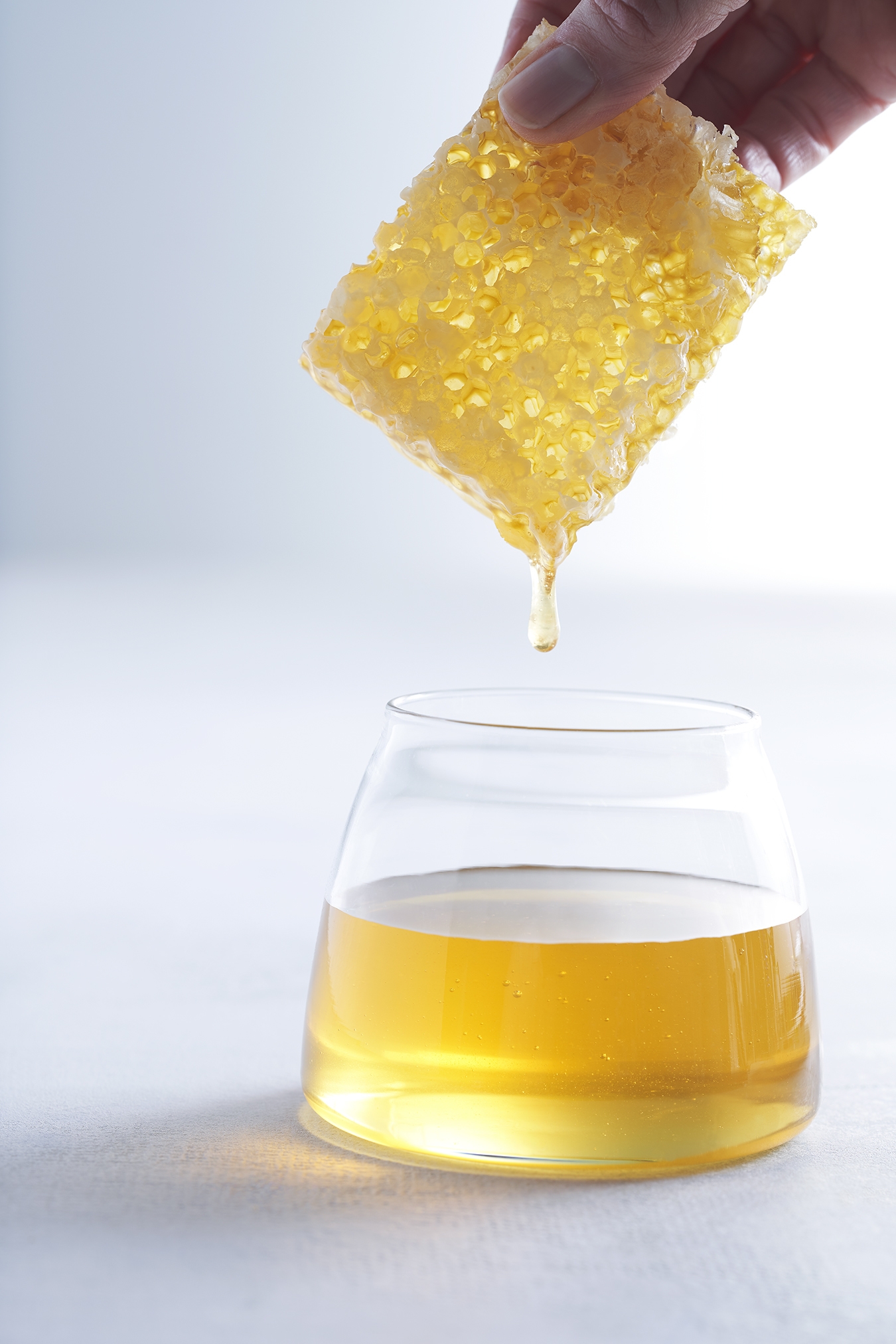Most “all-natural” sweeteners are indeed, processed. Heat, chemical additives, and ingredient manipulation are common practices to turn leaves, fruit, and sap into powders or concentrated syrups. In contrast, honey…is just, honey.
Honey bees do all the heavy lifting when it comes to making this all-natural sweetener. These amazing insects extract nectar from flowers and naturally transform it into honey inside the beehive. Beekeepers take only the honey that the bees don’t need for food, and extract it by removing the wax caps with a heated knife and spinning the honey to separate it from the comb. The honey is then filtered to remove parts of the beehive or honeycomb. Honey is not manipulated or exposed to extreme heat. Some beekeepers and handlers might lightly heat the honey to make bottling easier, but that doesn’t alter the liquid’s natural composition.
Want more information on how honey traverses from the bee to your food or beverage
manufacturing facility? Email [email protected]
How are other natural sweeteners made?
Brown Rice Syrup: Grain to concentrated syrup
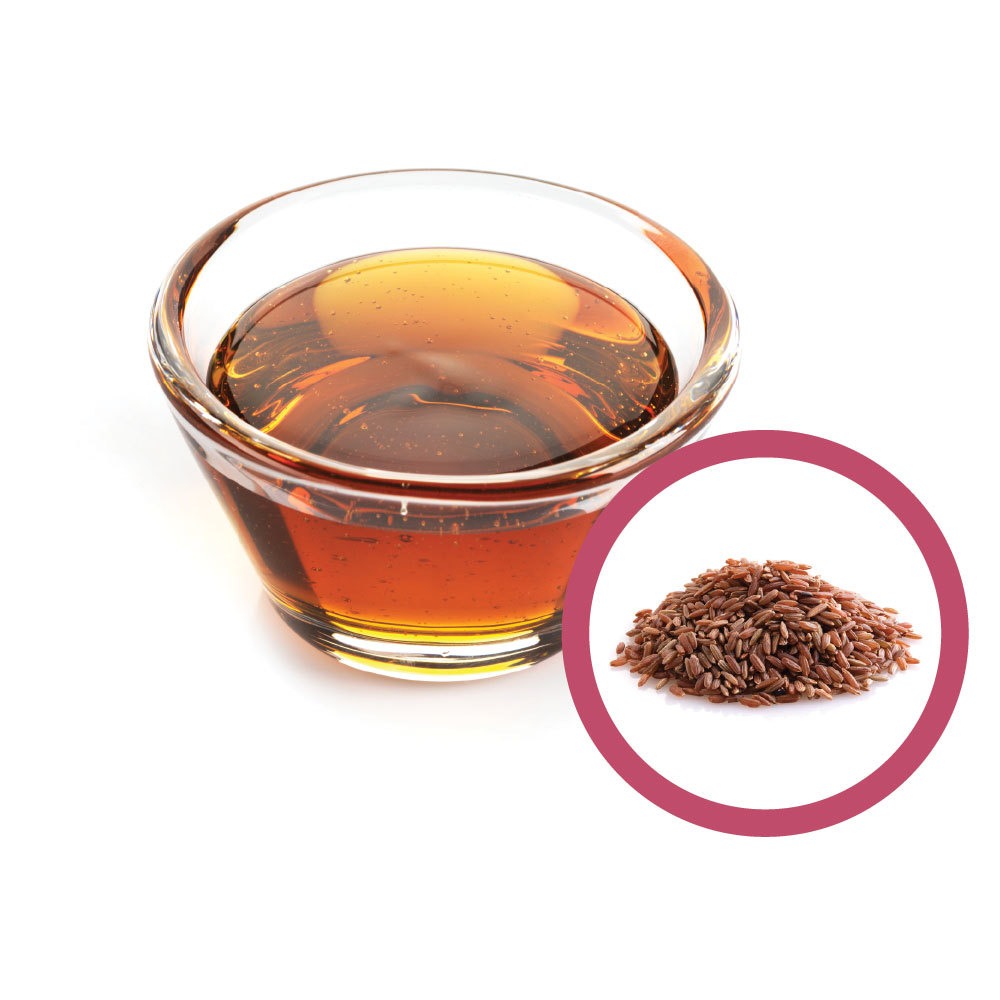
Brown rice syrup is derived from cooked brown rice. The cooked rice is fed enzymes, which break down the starches in the rice into simple carbohydrates. The resulting product is strained to remove the rice and then boiled. When boiled, the liquid evaporates from the product, concentrating the sugars into a low-water syrup.
Source: bakerpedia.com
Stevia: Leaf to augmented powder

The development of stevia includes multiple steps that transform the leaves of the stevia rebaudiana plant into a powder. Stevia production starts when leaves are harvested, dried, and steeped in hot water. Next, the product is filtered and centrifuged multiple times to concentrate the sweet components of the leaf. Manufacturers will then separate these concentrates and purify them, typically using an ingredient such as ethanol. Because stevia is intensely sweet, many manufacturers combine it with other ingredients, such as dextrose, inulin, or erythritol, to even out the flavor.
Source: stevia.com
Monk Fruit Extract: Fruit to liquid to powder
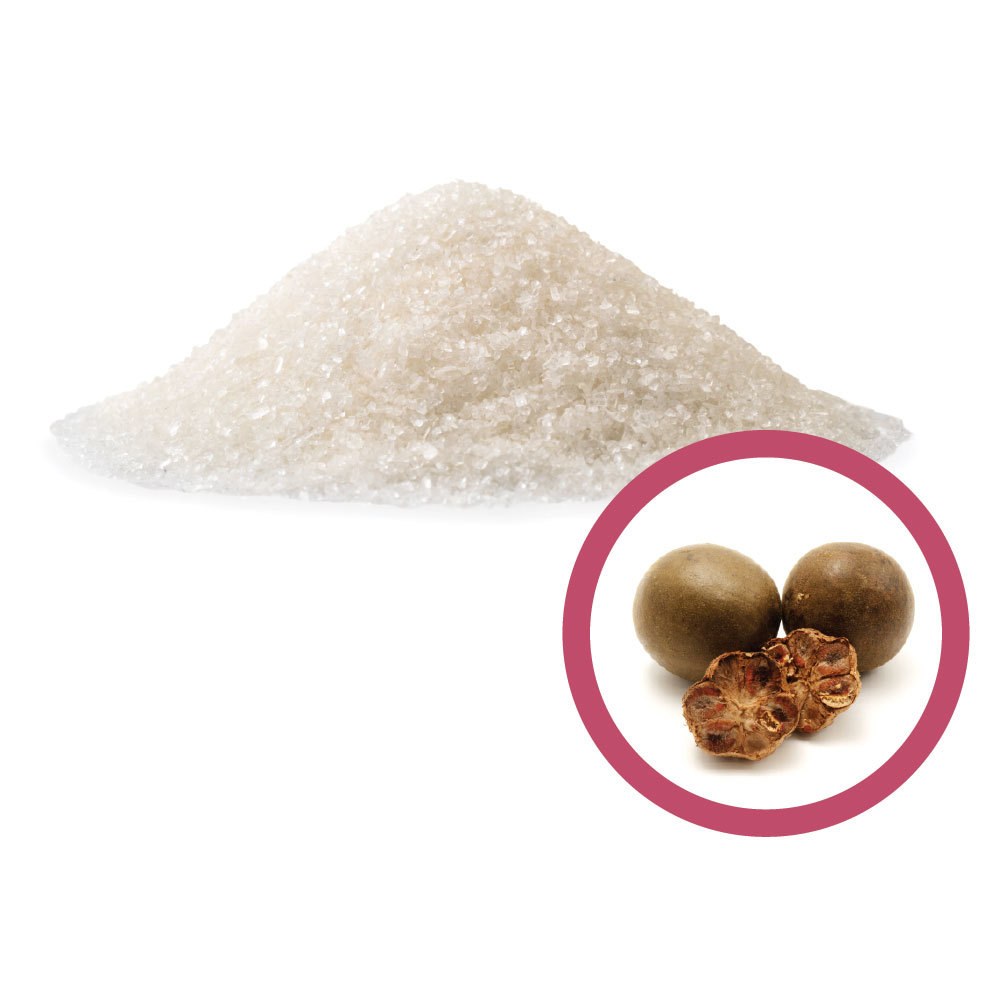
Creating a monk fruit extract takes multiple steps, starting with the picking of ripe monk fruit. The fruit is crushed and mixed with hot water. Next, the liquid is filtered, leaving a clear juice consisting of fruit sugars and sweet antioxidants. These two compounds are mechanically separated. The sweet antioxidants go through a further processing step of spray drying to turn the liquid product into a powder.
Source: monkfruit.org
Cane Sugar: Stalks refined into crystals
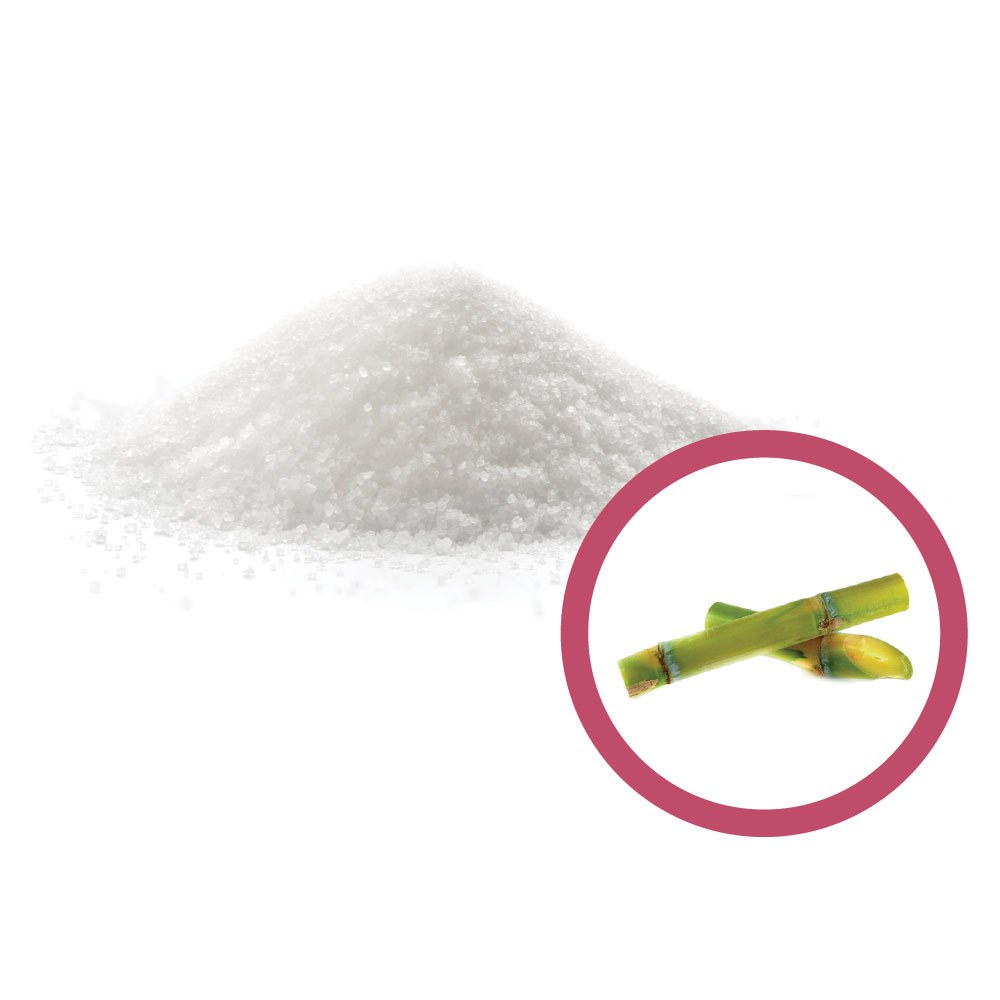
Cane sugar comes from sugar cane stalks that are harvested and sent to factories to undergo a process to convert the ingredient from stalks to sugar crystals. During the first step, cane stalks are crushed with large rollers, which release cane juice. This juice is then filtered through evaporation to purify the juice. Next, the cane juice is boiled, which forms sugar crystals. These crystals harden and form into large blocks, which are further refined and shipped.
Source: The Sugar Association
Agave Nectar: Plant to evaporated syrup
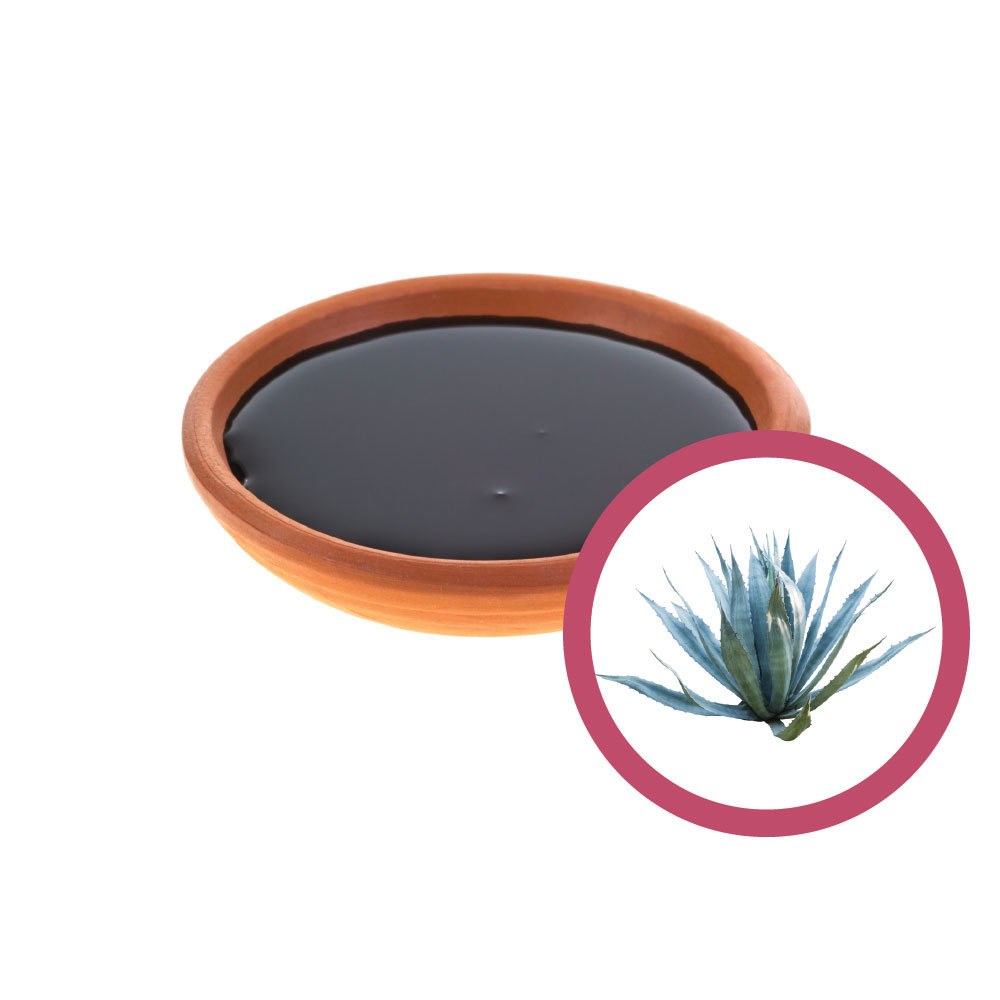
Agave nectar is derived from the juice of agave leaves, which mainly grow in Mexico and Latin America. The leaves are picked and pressed, which releases the leaves’ juice. This juice is then heated, which converts its complex sugars into simple sugars and concentrates the liquid into a syrup. The syrup is filtered and then further thickened through controlled evaporation.
Source: Wholesome Sweeteners Inc.
Maple Syrup: Sap to highly evaporated syrup
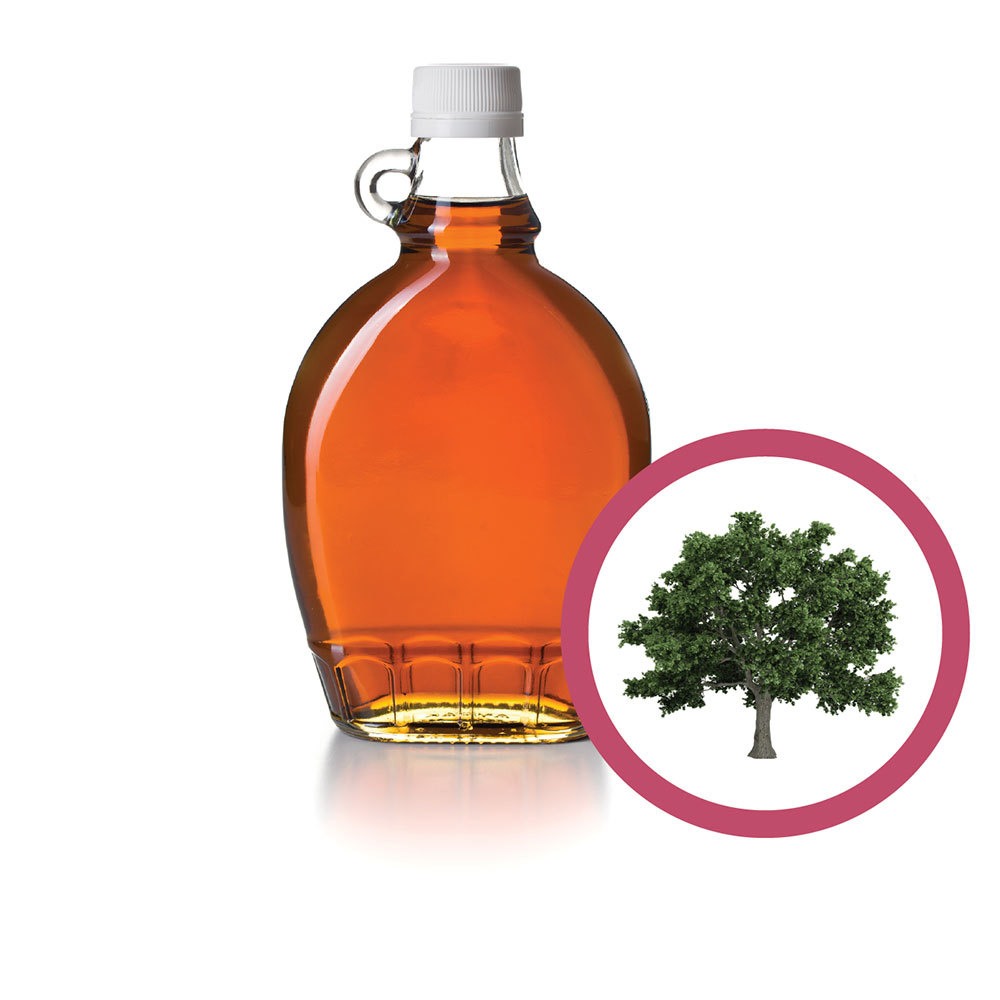
The process of making maple syrup starts in early spring when small holes are drilled in maple trees. For the next four to six weeks, the tree’s sap flows out of the tree, and tubing carries it to a collection tank. Each tree will yield about 10 gallons of sap. The sap is taken to evaporators, which boil off the water, concentrating the sweetness of the liquid. When sap first enters the evaporator, it contains about 98% water and 2% sugar. When it exits, it contains 33% water and 67% sugar. Next, the syrup is filtered and packaged.
Source: Bascom Family Farms

